Cultivation of Agarwood
Gold Mining Through Agarwood Planting
Agarwood Farming Cultivation
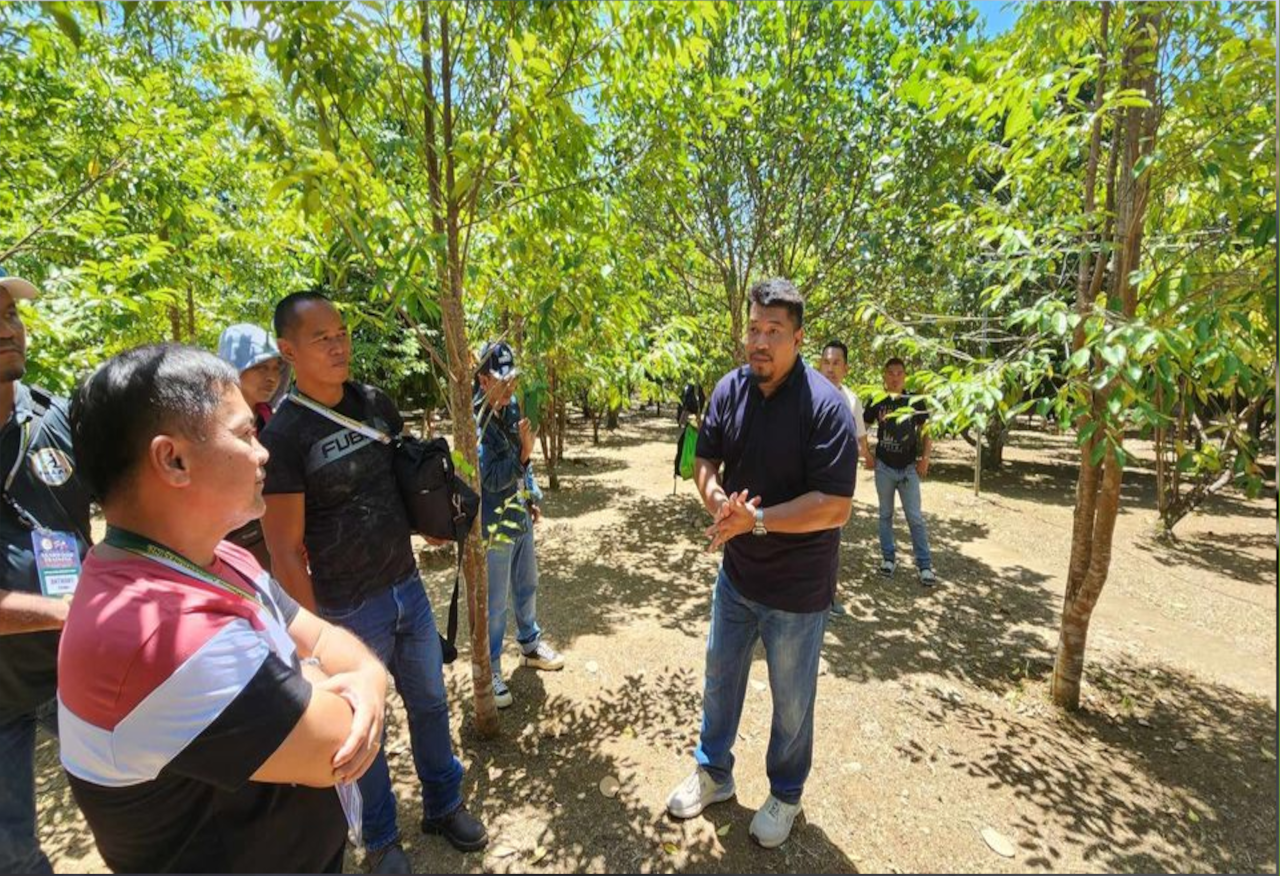
Agarwood, often revered as the “Wood of the Gods,” bears the scientific classification Aquilaria, with its valuable component being the resinous heartwood. Originating from Southeast Asia, agarwood stems from the Aquilaria tree, which grows to about 40 meters in height and nearly 80 centimeters in diameter.
Agarwood formation initiates when Aquilaria trees are infiltrated by molds or fungi, particularly Phialophora parasitica. This incursion prompts a defensive reaction in the heartwood, resulting in the production of agarwood. Initially lacking in scent, the wood undergoes a metamorphosis post-infection, producing a rich, resinous material that significantly elevates its worth. This resin-infused wood emits a unique aroma, making it highly coveted for its application in incense and perfumery.

Various factors influence the aromatic profile of agarwood, such as the species of the tree, its geographical location, whether it originates from the trunk, branch, or root, the time elapsed since the infection, and the methods used in its extraction and refinement processes.
Range Of Cultivation:
Aquilaria trees exhibit remarkable adaptability, thriving across various soil types, environmental conditions, and even marginal lands. This adaptability enables cultivation in diverse settings, ranging from farmlands to home gardens. Moreover, they can be seamlessly integrated into existing agricultural systems through inter-cropping with other tree species.
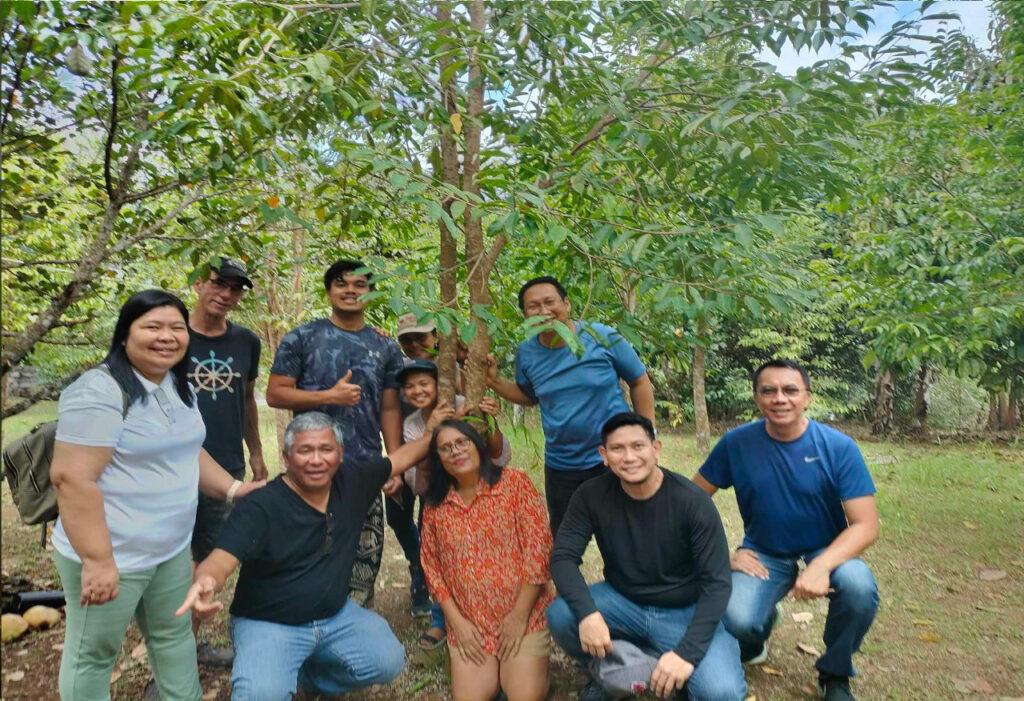
Notably, among the available cultivation techniques, Witsawa Sripetkla’s pre-inoculation stick method emerges as highly effective. This innovative technique not only facilitates the growth of Aquilaria in diverse contexts but also expedites Agarwood production. As a result, it presents an optimal choice for plant enthusiasts (plantitas and plantitos) seeking to enhance their yields and maximize cultivation outcomes.
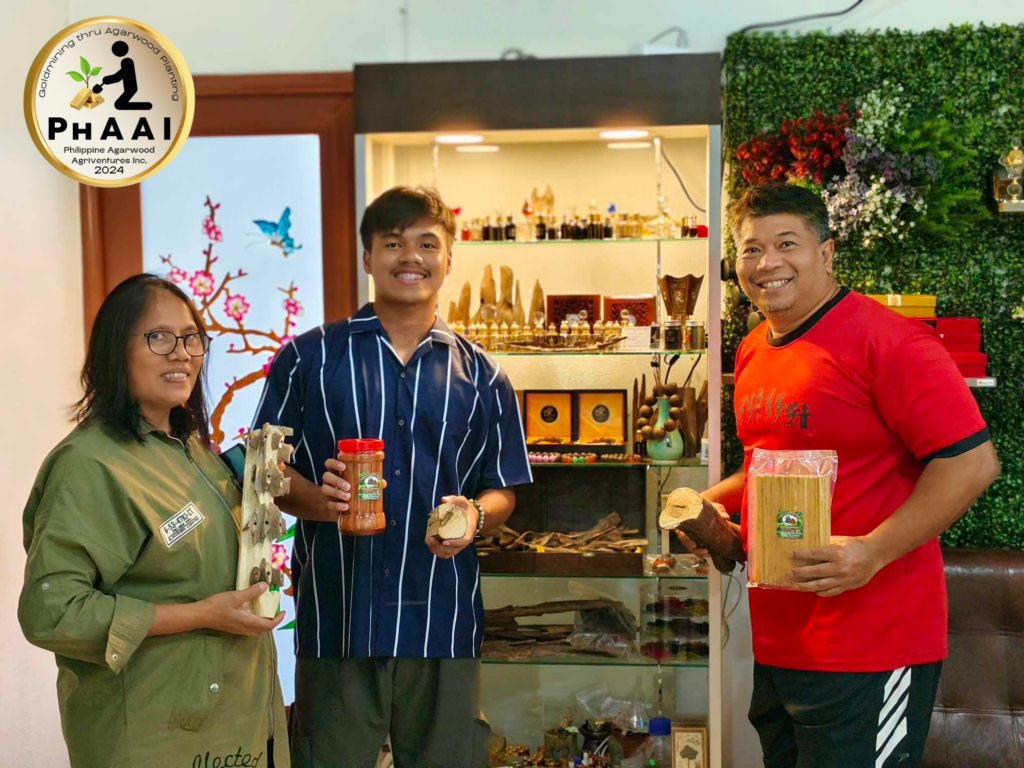
Soil And Climatic Conditions:
Aquilaria trees thrives best in terrains above 0 – 750 meters in elevation, flourishing in soils such as yellow, red podzolic, and sandy clay. It prefers temperatures between 20°C and 33°C and requires annual rainfall ranging from 2,000mm to 4,000mm, with a soil depth exceeding 50cm. These trees adapt well to diverse forests and ecosystems, where the soil’s characteristics and fertility significantly influence their growth. Saplings manage well in conditions of 20-33°C temperature, 77-85% relative humidity, and 56-75% light intensity.

99 % of surviving rate:
Many Agarwood plantations suffer losses 3 to 4 years after planting, often due to waterlogging rather than soil or climate issues. Planting on sloped land can help decrease the likelihood of plant mortality. Seedlings should ideally be planted in the ground when they reach a height of 60-90 centimeters, as older seedlings may have issues with root coiling due to being confined in small poly bags. It is recommended to steer clear of seedlings in small poly bags and those older than 120 centimeters to ensure better growth prospects.
Land Preparation & Planting:
Dig a hole measuring 40x40x40 cm to promote root growth, taking advantage of rain, sunlight, and well-aerated soil. For compact soil, incorporating coco peat can enhance aeration due to its excellent oxygenation properties. Adding phosphorus through Triple Super Phosphate (TSP) or Di Ammonium Phosphate (DAP) is beneficial, but caution is advised to avoid overuse, which could harm the seedling. These fertilizers dissolve rapidly, making phosphate readily available to the plant. Incorporate 15% cow dung as an organic fertilizer and 20 grams of Funadan to deter insect attacks.
Cover the hole to the right depth, ensuring the seedling stands about 2 inches above the planting surface. After removing the poly bag, place the seedling in the hole, and consider covering the seedling chamber to enhance water retention.
Fertilizer Requirement
Adding coco peat to the soil improves its structure by making it looser and enhancing its oxygenation properties. To supply phosphorus, Triple Superphosphate (TSP) and Di Ammonium Phosphate (DAP) are used; both substances dissolve rapidly in the soil, making phosphate readily available to the plants. Cow dung serves as a natural fertilizer, while the inclusion of 20 grams of Funadan helps protect against insect infestations.
Stay updated with upcoming agarwood training seminars.
PhAAi Agarwood Training
PhAAi conducts one-day seminars at various locations, offering valuable insights into agarwood inoculation techniques, cultivation methods, and sustainable practices.
Staying informed enables you to seize the opportunity to participate in these seminars and enhance your expertise in agarwood cultivation.
Revolutionizing !
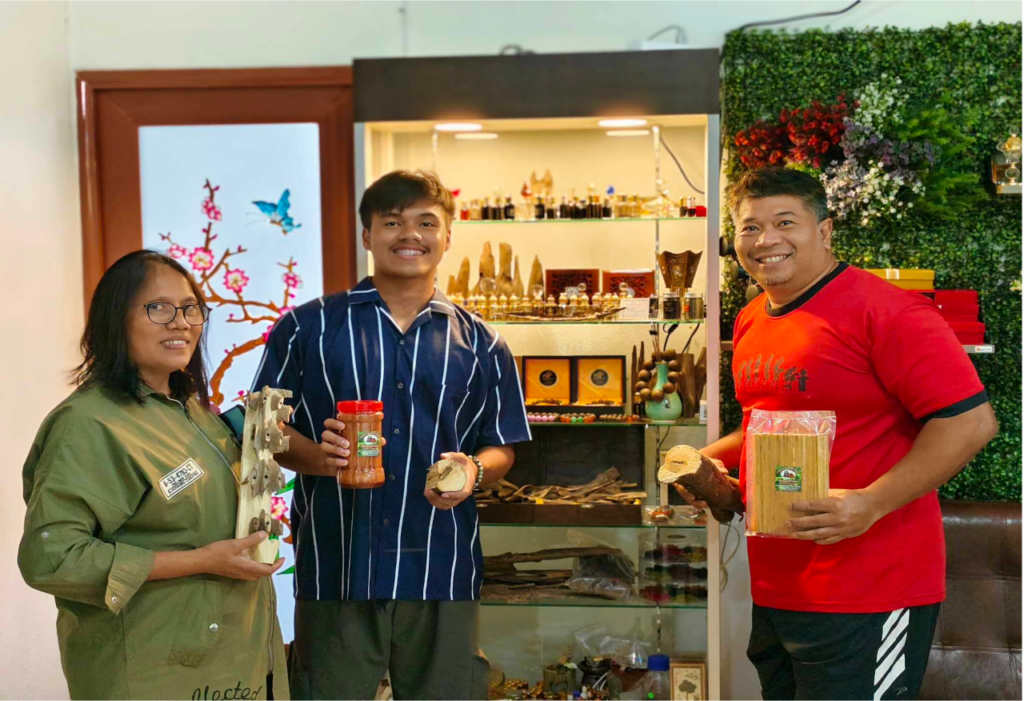
Agarwood Production
Witsawa Sripetkla’s Agarwood inoculation sticks are transforming the agarwood production result, providing plantitos/plantitas with speedy and high-value Agarwood.
Step 1. drilling holes into the trunk or branches of the tree
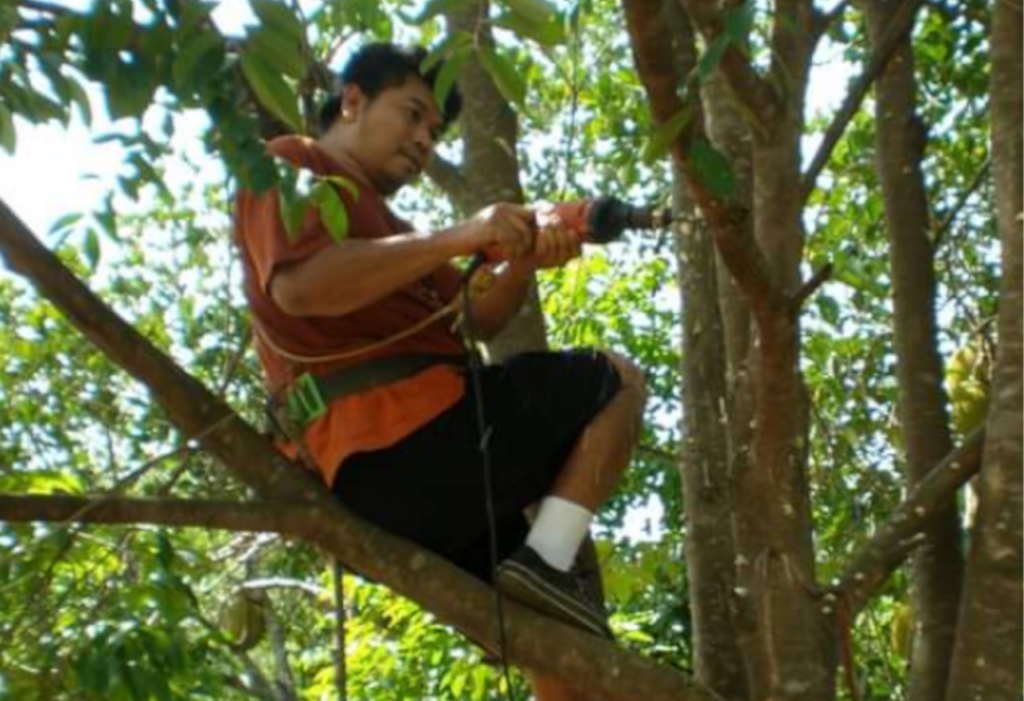
Step 2. introducing a fungus to trigger resin formation.
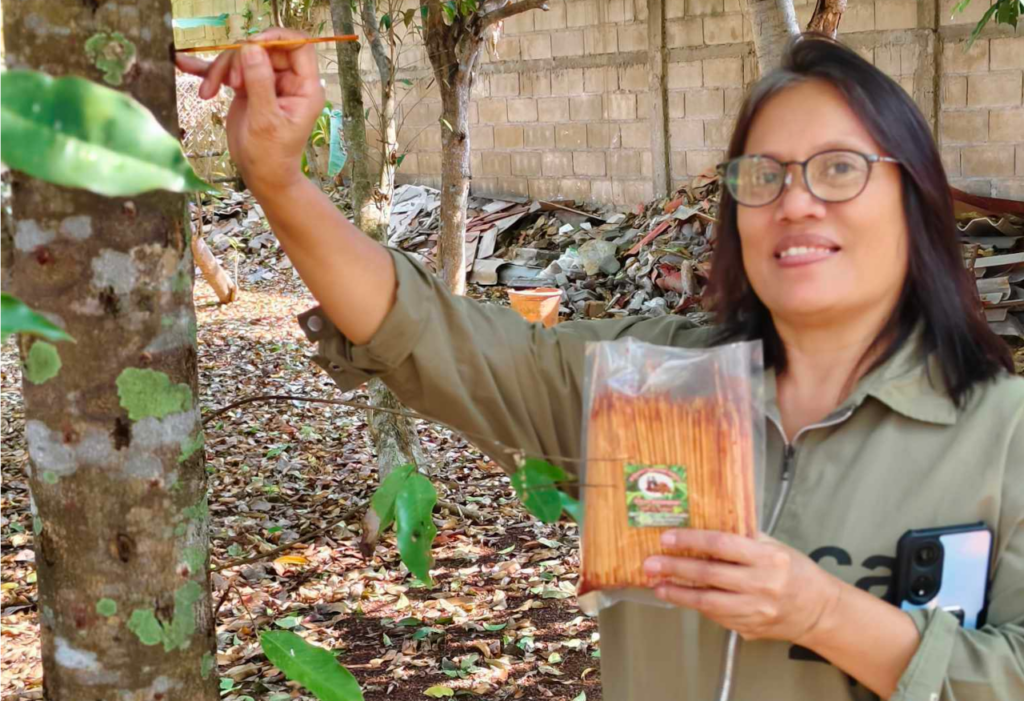
Step 3. achieve faster and more valuable agarwood yields.
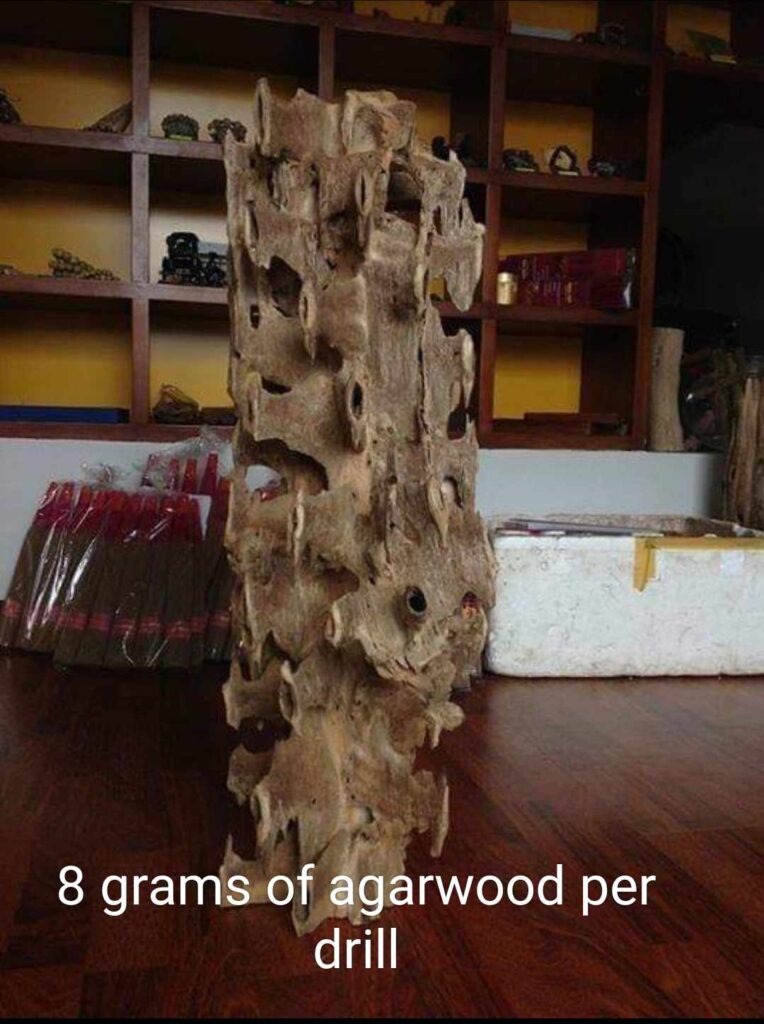
Virginia Botenes’ Agarwood Nursery
Buy...
Agarwood Seedlings
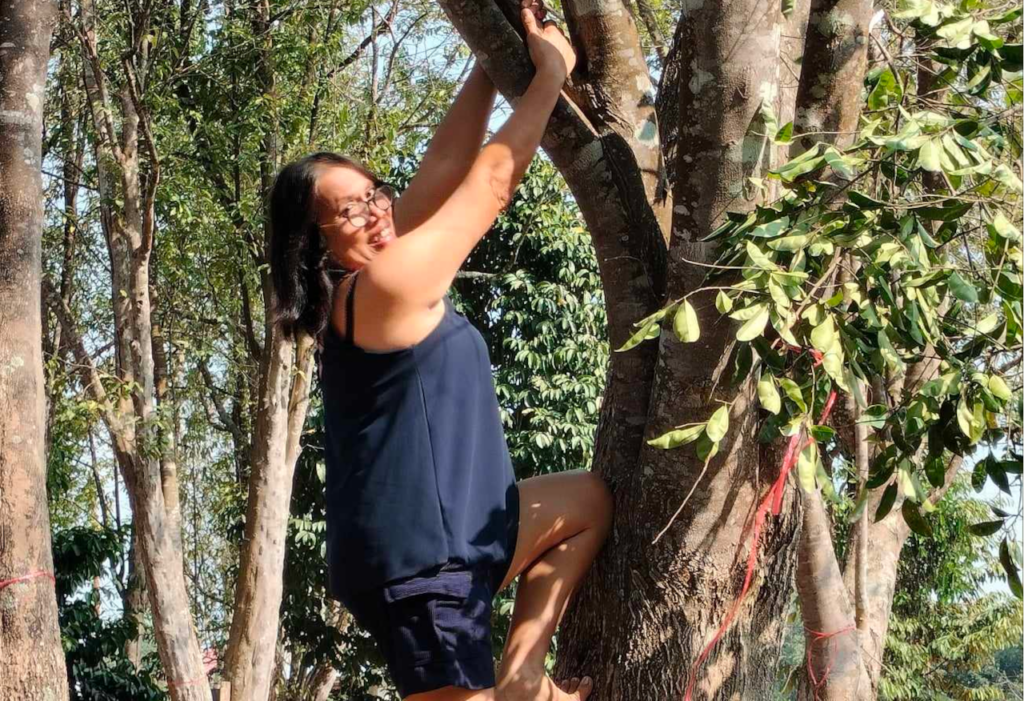
Begin your Agarwood farming journey by purchasing Agarwood seedlings from us
Virginia Botenes’ Agarwood Nursery ensuring all permits and legal requirements are met for the cultivation, selling, transport and planting of agarwood seedlings in the Philippines.
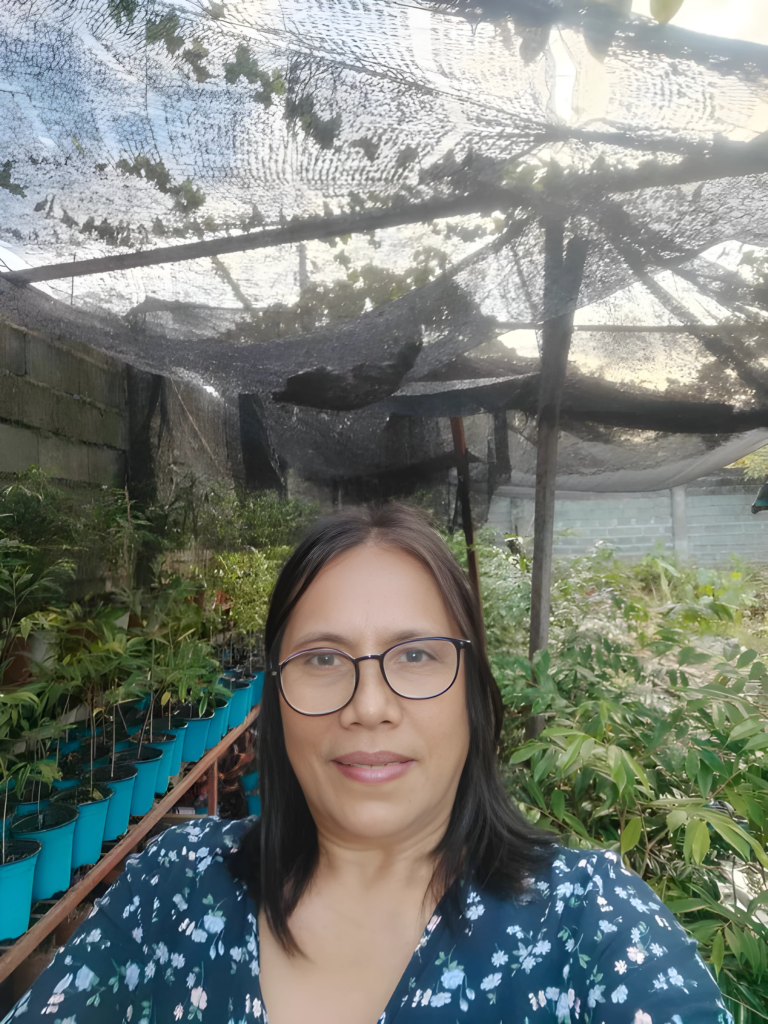
Virginia Botenes’ Agarwood Nursery is officially permitted by the DENR under Wildlife Culture Certification WCP XI-2022-02 to cultivate and sell Agarwood seedlings in the Philippines.
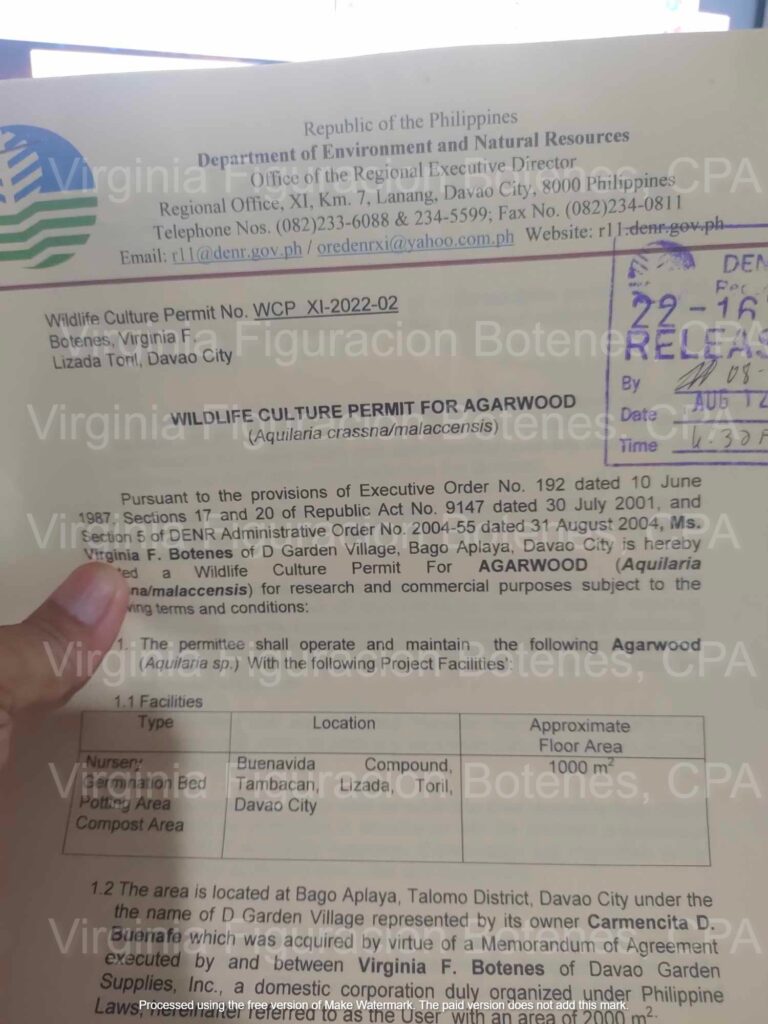
This compliance guarantees the legality and ethical sourcing of their agarwood seedlings, making Virginia Botenes Agarwood Nursery a trustworthy and reliable partner.
DENR Planting certifications.

Each plantitos/plantitas obtain a planting certification for agarwood seedlings from the DENR at designated planting locations.

Why Choose Us
PhAAI partership with Witsawa Sripetkla, a distinguished expert in the agarwood sector.
Witsawa Sripetkla is the CEO of Agarwood Learning Center in Thailand. Sripetkla is highly trusted within the agarwood community, known for his expertise and contributions to the industry. He conducts special training sessions and is well-connected with suppliers, growers, and customers across Southeast Asia, including China.
Mission: The Philippine Agarwood Association, Inc. (PhAAI) aims to foster sustainable cultivation, conservation, and utilization of agarwood resources in the Philippines, ensuring the highest quality products for consumers while upholding ethical and environmental standards.
Vision: PhAAI envisions a thriving agarwood industry in the Philippines, characterized by responsible cultivation practices, community empowerment, and biodiversity conservation. Through collaboration and innovation, PhAAI strives to position the Philippines as a global leader in agarwood production, promoting economic development and environmental stewardship.

What the Experts Say
Gold Mining Through Agarwood Planting
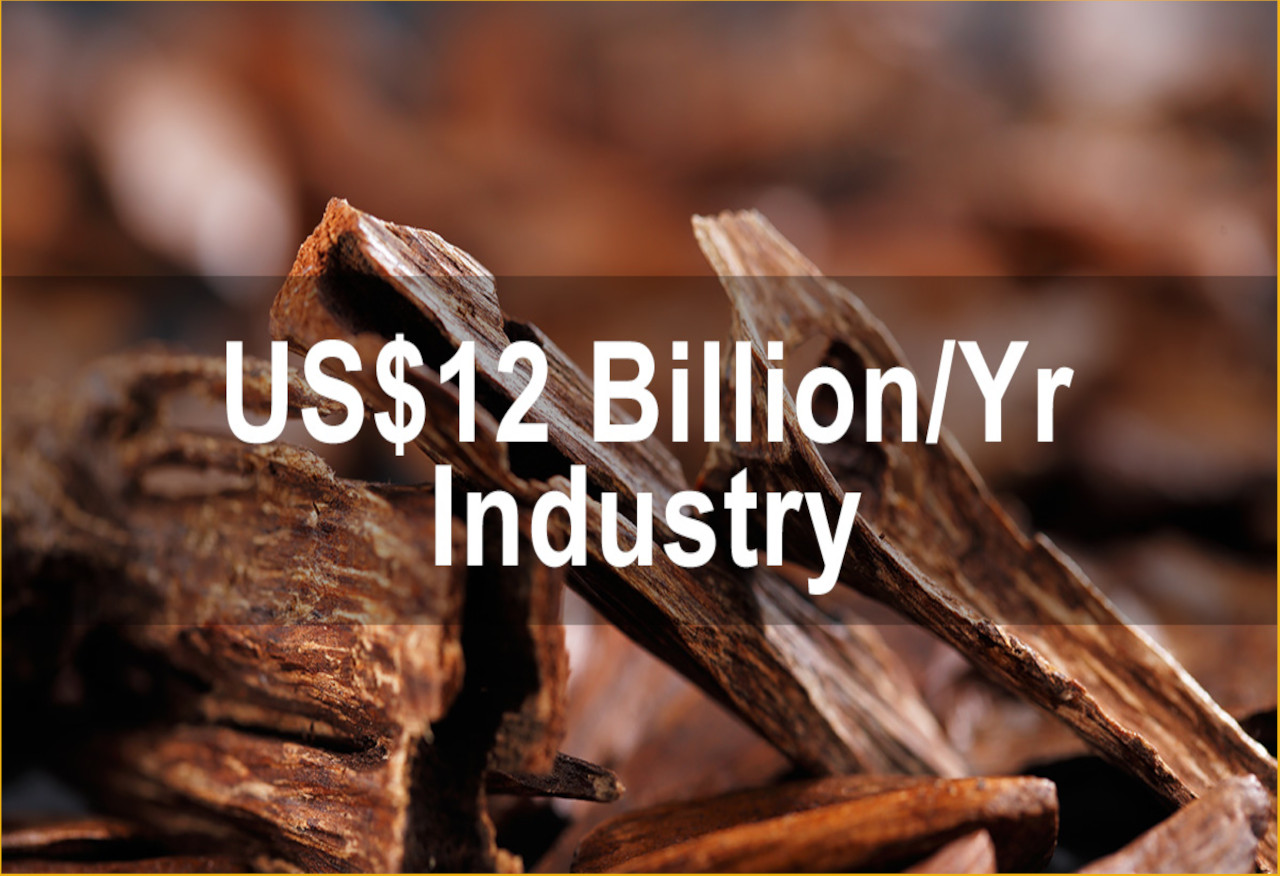
High Value and Demand:
Agarwood is a highly valuable product used in medicines, perfumes, and incense, with a growing global demand. This demand, coupled with the rarity of agarwood, can lead to significant returns on investment.
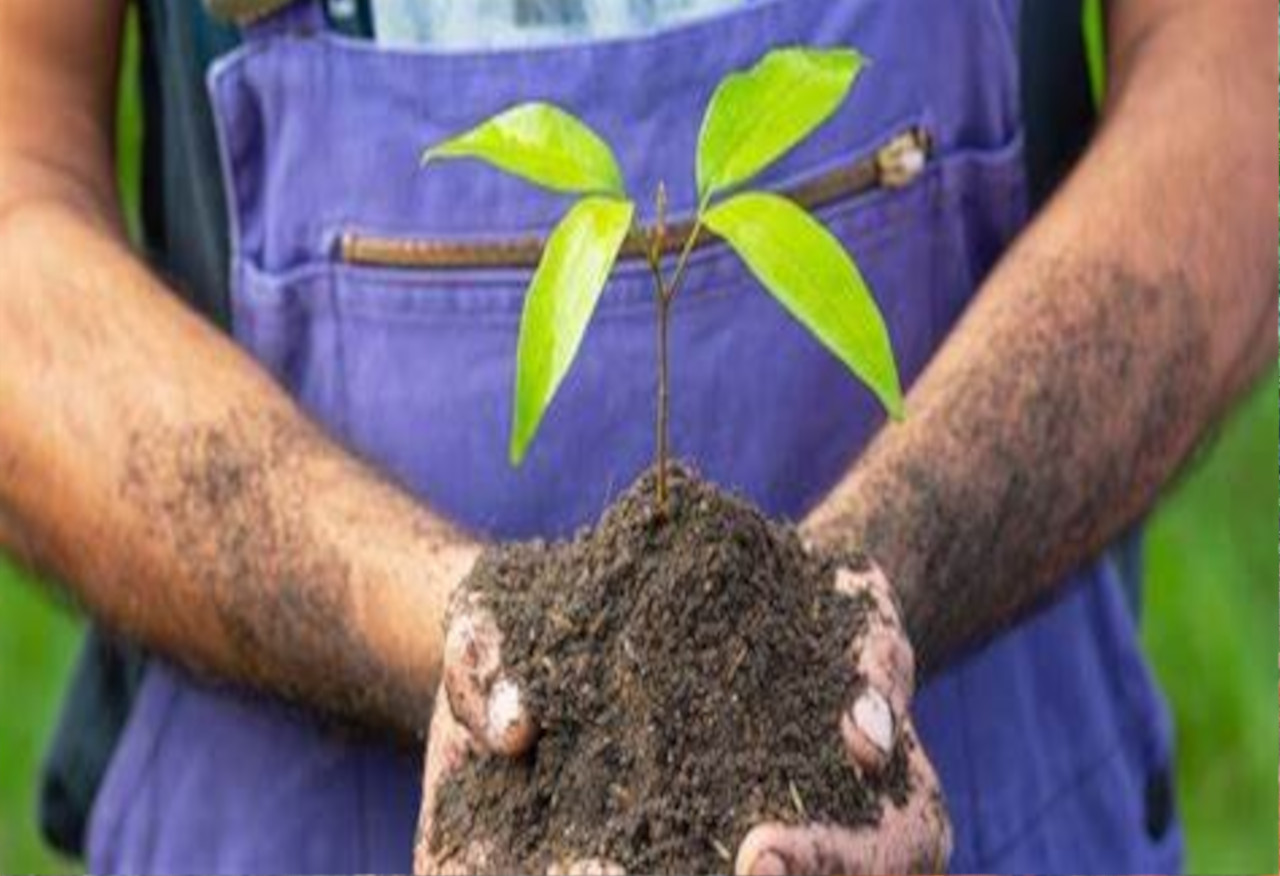
Sustainable Investment:
With increasing awareness and concern for sustainable and ethical investments, agarwood cultivation offers an eco-friendly option that contributes to the conservation of biodiversity while providing economic benefit.
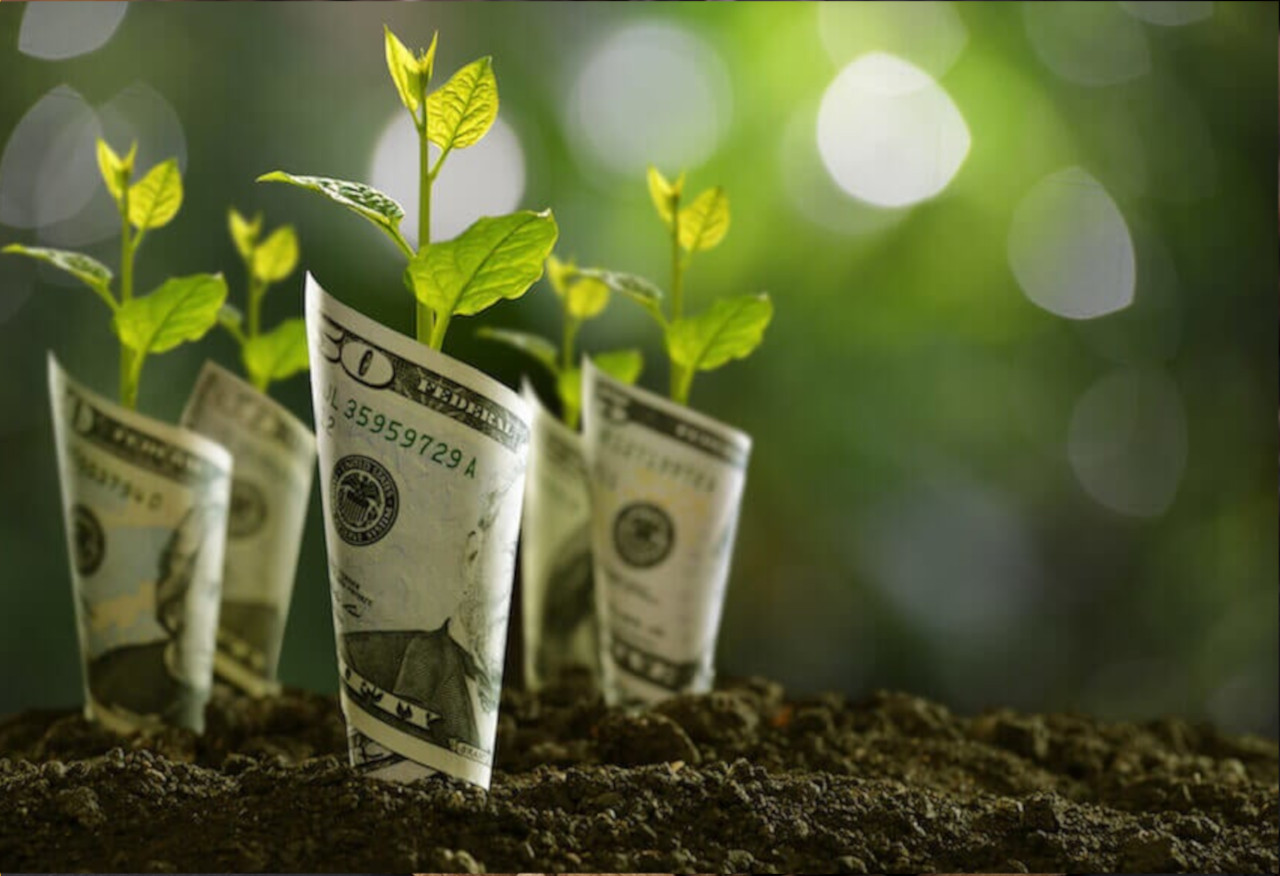
Inflation Resistant:
In a world where traditional savings accounts offer little to combat inflation, agarwood stands out as a tangible asset whose value appreciates over time, making it an inflation-resistant investmen




